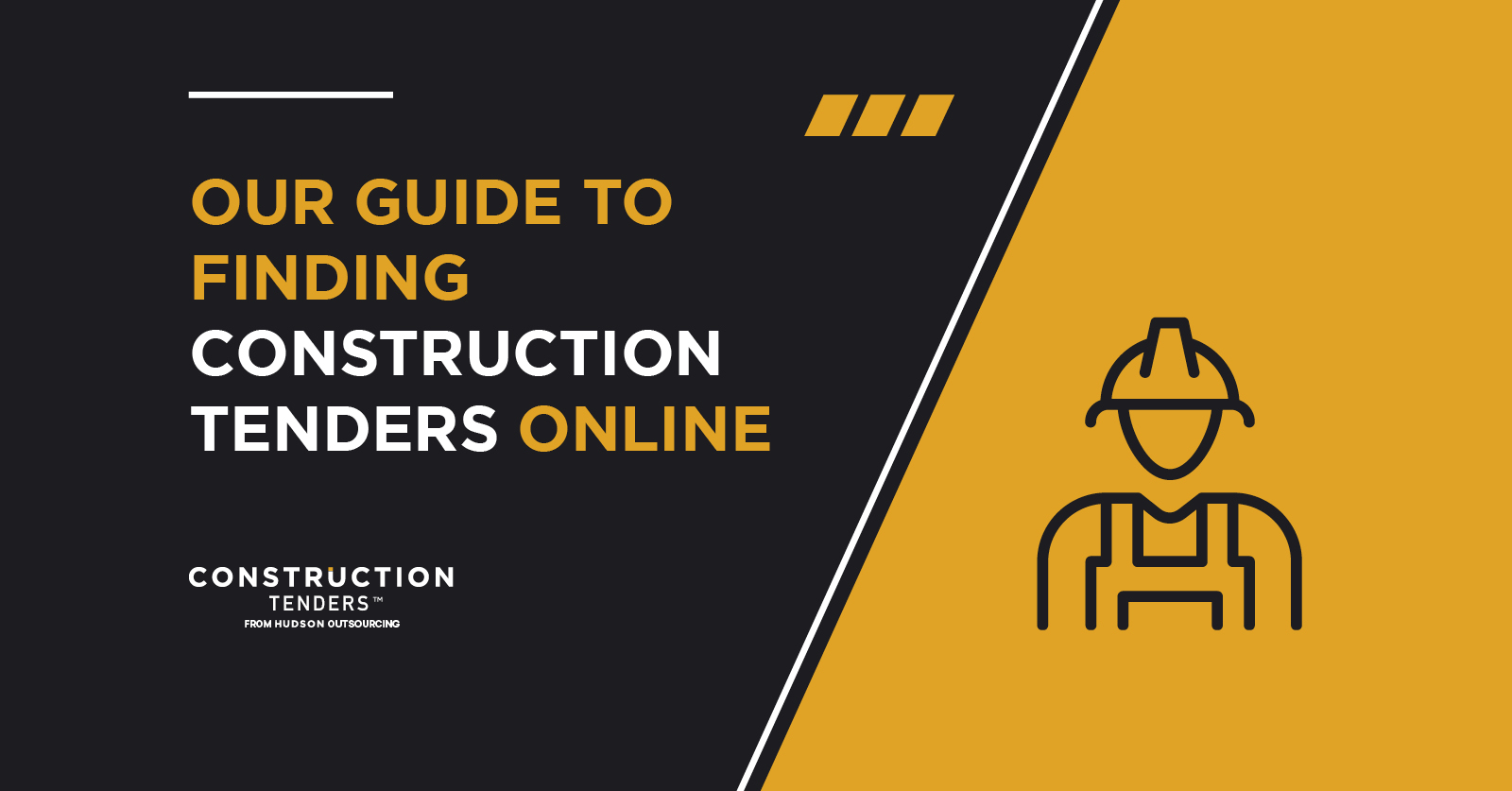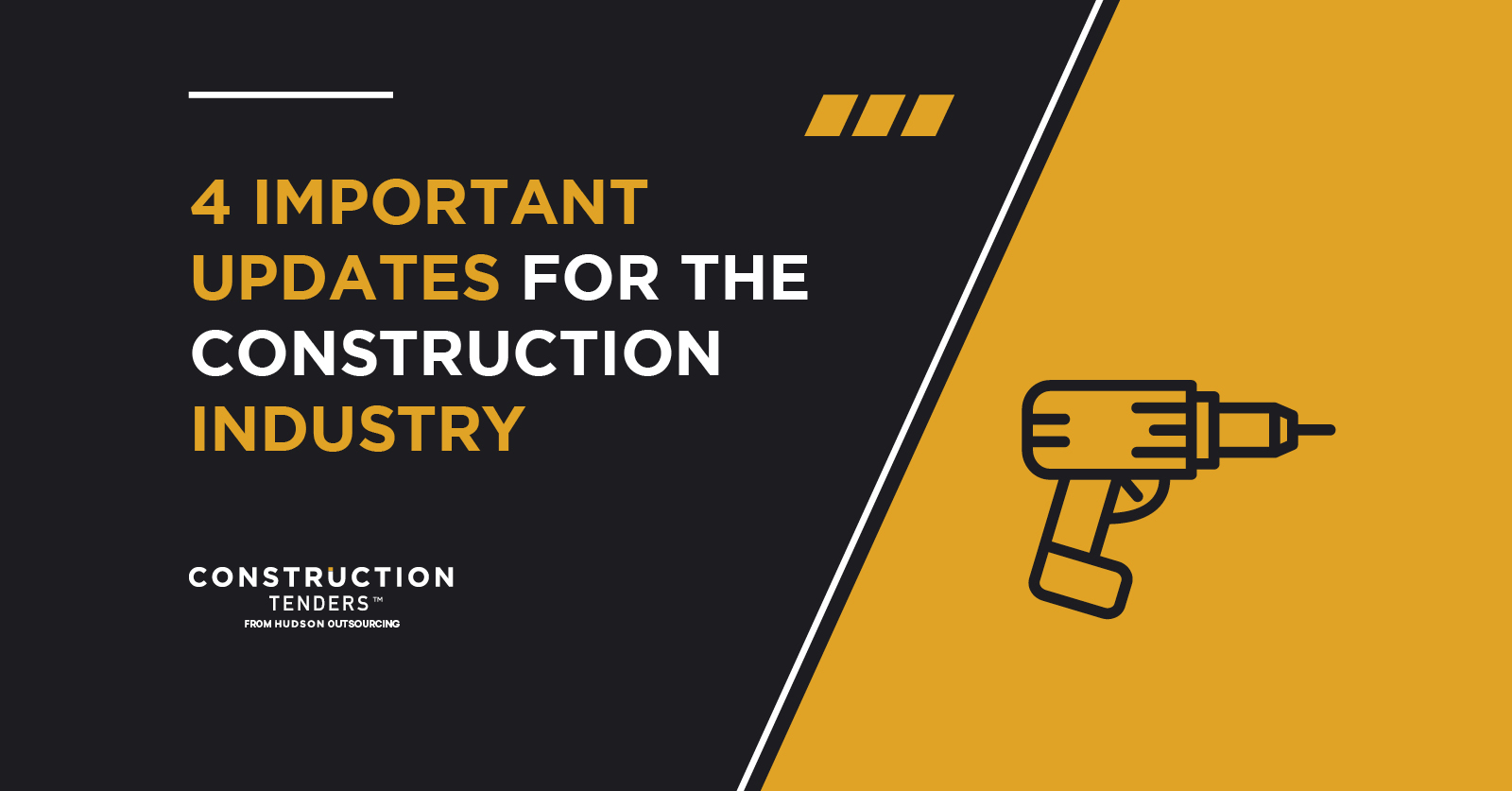If you’re a small or medium construction firm in the UK, your health and safety (H&S) approach is often the make-or-break factor in public sector bids. Buyers need to see not just that you work safely, but that you have competent people, robust systems, and project-specific risk controls that will actually work on their site. Nail this, and you’ll boost scores, reduce clarifications, and look like a low-risk, high-value supplier. Under UK law and public procurement rules, construction projects sit under the Construction (Design and Management) Regulations 2015 (CDM 2015), and buyers expect your tender to show how you meet those duties in a clear, practical way.
Below is a plain-English guide to help UK SME contractors achieve tender compliance on health and safety—without the fluff.
1) Understand what “good” looks like in public sector bids
Public buyers want evidence that you can plan, manage, monitor and control risk for the works you’re bidding. Under CDM 2015, roles like contractor and principal contractor carry specific duties (e.g., preparing a Construction Phase Plan, ensuring inductions, providing welfare, and vetting competence of anyone you appoint). Your tender should map your approach to these duties so evaluators can see you meet the legal baseline.
At pre-qualification (PQQ) stage, many buyers recognise SSIP (Safety Schemes in Procurement) certificates (e.g., CHAS, SafeContractor) as proof you meet the core H&S criteria, reducing duplication and helping SMEs avoid multiple assessments. SSIP is supported by HSE guidance, and HSE encourages clients to accept valid SSIP certification at PQQ.
Takeaway: If your tender clearly shows your legal duties are understood and covered—and you’ve got a recognised assessment—your risk rating goes down and your score goes up.
2) Get your baseline right: policy, roles, and training that stand up to scrutiny
Start with foundation evidence that every buyer expects:
- H&S policy: Current, signed by a senior manager/director, and relevant to your trades.
- Roles & responsibilities: Who is the responsible person? Who writes RAMS? Who signs off permits?
- Competence & training matrix: CSCS status, CPCS/NPORS, first aiders, asbestos awareness, working at height, lifting operations, temporary works awareness (as relevant), plus refresher cycles.
- Monitoring & engagement: Toolbox talk schedule, site inspections, close-call/near-miss reporting, and how you act on findings.
- Evidence pack: Accident stats, recent audits/inspections, examples of improved controls following lessons learned.
Tip: Keep it concise and project-relevant. Evaluators want assurance, not a 200-page dump.
3) Prove organisational competence the smart way (SSIP, CAS, ISO 45001)
You don’t need a wall of certificates—but the right ones can streamline scoring:
- SSIP (e.g., CHAS, SafeContractor, SMAS): Shows you meet HSE-approved core H&S criteria. Because SSIP schemes mutually recognise each other (“deem to satisfy”), many public buyers will accept any valid SSIP member certificate at PQQ.
- Build UK Common Assessment Standard (CAS): A broader pre-qualification standard (health & safety plus areas like finance and sustainability). Some public bodies and Tier 1s ask for CAS to simplify supply chain assurance. If your clients mention CAS, it’s worth gaining.
- ISO 45001 (Occupational H&S Management Systems): Not a legal requirement, but it demonstrates a formal, auditable H&S system and can strengthen quality/assurance marks in method statements. (It goes beyond minimum legal compliance, so implement it where proportionate.)
How to deploy in tenders: Put certificates in an appendix, then signpost them in your responses. “See Appendix A – SSIP certificate” is enough; use the word count to explain how your system will control risk on this contract.
4) Show project-specific risk control (this is where many bids win or lose)
Generic promises won’t score. Evaluators want to see specific risks and controls for their site:
- Construction Phase Plan (CPP): Confirm you’ll produce/update the CPP before works commence, aligned to the employer’s information and your design/methods. State who writes it, who reviews it, and how it’s briefed. Under CDM, the principal contractor (on multi-contractor projects) or contractor (single contractor) must ensure this is in place. (HSE)
- RAMS tailored to the job: Explain how you build RAMS from site information (e.g., service drawings, asbestos registers), design risk info, and your site reconnaissance.
- Key controls buyers look for (examples):
- Service strikes: CAT & Genny, permit-to-dig, trial holes, cable avoidance supervision.
- Working at height: Edge protection, MEWP selection, rescue plan, fragile surfaces.
- Lifting ops: LOLER-compliant gear, lift plans, competent Appointed Person.
- Dust/silica: Wet cutting, on-tool extraction, face-fit testing, health surveillance.
- Public interface: Segregation, traffic management, banksmen, out-of-hours working.
- Welfare & inductions: Set out welfare standards, site-specific induction content, and daily start-of-shift briefings. (These are explicit CDM/principal contractor responsibilities.)
Tip: Use short tables in your method statements: Risk → Control → Who → When → Evidence. It reads well and scores quickly.
5) Evidence incident reporting, RIDDOR compliance, and learning
Public clients want confidence that if something happens, you report it correctly and learn from it:
- RIDDOR compliance: Explain who decides if an event is reportable, how you report, and how you keep records. Reference your escalation flow (Supervisor → H&S → Director) and timeframes. The Reporting of Injuries, Diseases and Dangerous Occurrences Regulations 2013 set out what must be reported and how.
- KPIs that matter: AFR, near-misses closed within X days, % toolbox talks completed, audit close-out rates.
- Learning loop: Show a recent example of a change (e.g., new dust suppression method) introduced after an incident/near-miss review.
6) Control your supply chain (your risk is only as strong as your weakest subbie)
Under CDM, you must check the skills, knowledge, experience and organisational capability of anyone you appoint. In tenders, outline how you:
- Pre-qualify subcontractors (e.g., SSIP accepted, references, insurance).
- Review subbie RAMS against your CPP and site conditions.
- Brief and monitor (inductions, permits, toolbox talks, supervision, corrective actions).
- Escalate and replace suppliers who don’t meet standards.
This shows evaluators you won’t let standards drop once the job starts.
7) How to present H&S in your tender (and score higher)
Keep it structured, concise, and auditable:
- Answer the question asked—mirror the buyer’s headings.
- Link policy to practice: “Here’s the policy” → “Here’s the exact site process.”
- Use project-specific RAMS extracts (one page per high-risk activity) to prove relevance.
- Reference your certifications (SSIP/CAS/ISO 45001) without burning word count.
- Attach an evidence pack (certificates, sample inspection form, training matrix, organogram).
- Avoid jargon or explain it the first time (e.g., RAMS = risk assessments and method statements).
Practical UK examples
- Example A – Footpath renewal for a local authority:
Focus on public interface and utilities. Provide RAMS for saw cutting and slab removal, dust control, vehicle/pedestrian segregation, permit-to-dig, and weekend working. Include evidence of CAT & Genny training and a sample traffic management plan. - Example B – Classroom refurbishment during term time:
Emphasise access control, safeguarding co-ordination with the school, noise/dust scheduling, and asbestos awareness (reference asbestos register controls and briefings). Provide staged programme with out-of-hours noisy works and evidence of fit-testing for RPE. - Example C – Small bridge painting package:
Address work at height, containment for paint/dust, environmental spill response, and lifting of access equipment. Show LOLER thorough examination records and your rescue plan.
Summary
Winning UK public sector work means proving you are legally compliant under CDM, organisationally competent (ideally evidenced by SSIP/CAS and, where proportionate, ISO 45001), and project-specific in your risk controls. Make it easy for evaluators to see how you’ll manage real hazards on their job, report incidents properly (RIDDOR), and keep your supply chain safe. Do this well and your health and safety UK construction credentials become a competitive advantage—not just a checkbox.
Ready to improve your tender compliance and win more public contracts?
Sign up for bid support: https://portal.askabidwriter.com/register
FAQs
1) Do I need ISO 45001 to win public sector work?
No, but it helps showcase a formal system. Many buyers accept SSIP as a baseline for PQQs.
2) Is any SSIP scheme acceptable?
HSE encourages clients to accept valid SSIP certificates and avoid duplicate assessments. Check buyer instructions, but SSIP is widely recognised.
3) Who prepares the Construction Phase Plan?
Before work starts, the principal contractor (multi-contractor jobs) or contractor (single-contractor jobs) ensures the CPP is prepared and briefed.
4) What incidents must I report under RIDDOR?
Work-related deaths, specified serious injuries, certain diseases, and dangerous occurrences—see HSE’s RIDDOR guidance.
5) What’s the difference between SSIP and CAS?
SSIP focuses on H&S core criteria. CAS is a wider pre-qualification standard used by some buyers to cover additional areas beyond H&S.




